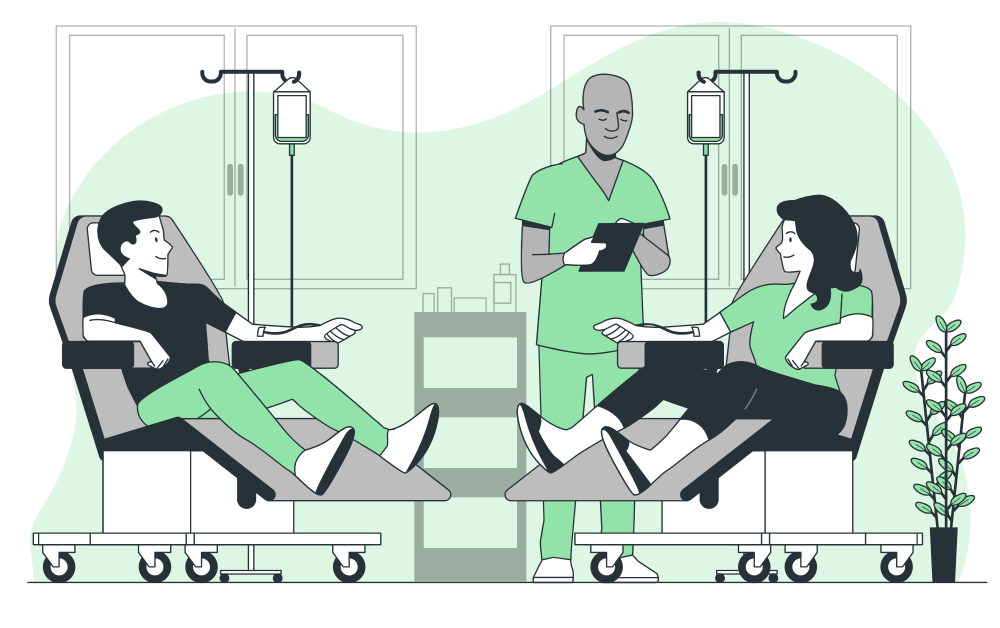
Why consider it?
A living donor kidney transplant works better and lasts much longer with an average of 15-20 years as opposed to a kidney from a deceased donor from the list which lasts on an average 10 years

A living donor kidney transplant works better and lasts much longer with an average of 15-20 years as opposed to a kidney from a deceased donor from the list which lasts on an average 10 years
Education of the process by a living donor nurse coordinator
Blood and tissue typing to assess compatibility.
Blood and urine tests, CT scan, and cancer screening as appropriate
Meeting with the kidney donor team to include the following:


In cases where donor and recipient pairs are incompatible, an exchange with two or more pairs can be performed so that each candidate is able to receive a compatible living donor kidney transplant.
In some cases, there is a possibility that a donor can donate to someone with a different blood type.


All costs related to donation including evaluation, testing and surgery are covered by the recipient’s insurance.
Jobs are protected for kidney donors under the Family and Medical Leave Act (FMLA).
There are other resources such as through National Living Donor Assistance Center (NLDAC) that may provide help with lost wages, travel expenses and child and elderly care needs.
Please visit the American Society of Transplantation's cost estimate calculator at AST-16-Financial-Toolkit-Section-1-Cost-Estimation-Worksheet.pdf (myast.org)
Most studies suggest that kidney donors live a normal and healthy life after kidney donation.
No medications are required and after full recovery, there are no restrictions on physical activity.
There is a small risk of higher blood pressure after several years in patients at risk for developing it. The risk of kidney failure in donors is smaller than the general population. The very small number of donors who do develop kidney failure because of genetic and other reasons, get a priority on the kidney transplant list.
Please visit Living Donor Toolkit | for more detailed information on the American Society of Transplantation's information on living kidney donation.
